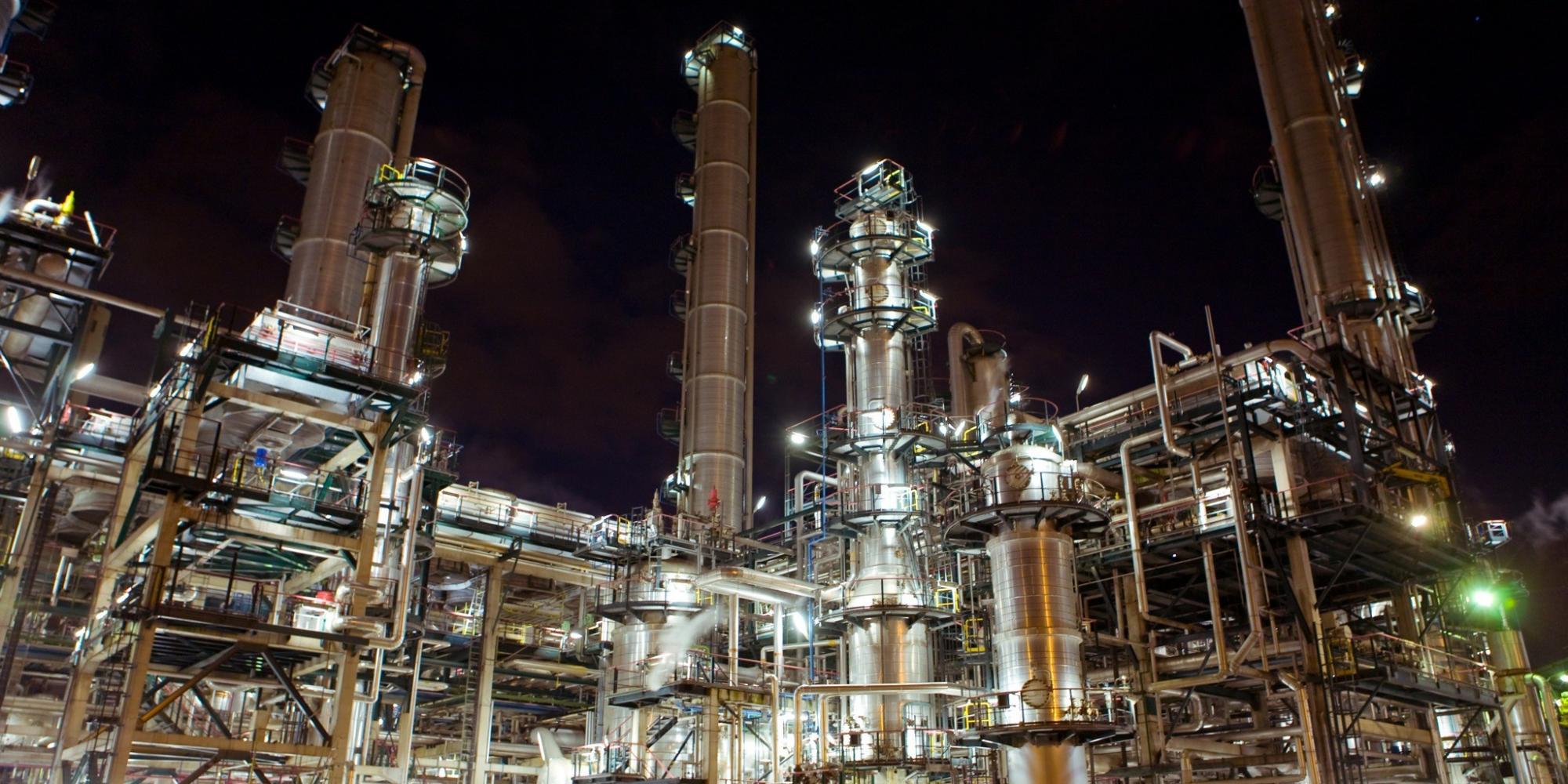07.11.2025
Sausage casings bulletin, July 11, 2025

Runner market commentary
...

LCFS credit prices are holding at historically high values. There is currently no cap on how high credit prices can go, with the exception the year end credit clearing market, which allow parties that are short credits to purchasing them at a maximum value of $200 (in 2016 $ indexed for inflation). That year-end cap has been expected to hold pricing in place. However, a year is long time to wait and regulated parties would have to identify themselves in order to participate in the CCM. Something not all regulated parties might want to do.
View Our LCFS Credit Price Forecast
The California Air Resources Board (CARB) is considering a number of changes to help facilitate the market and limit the price of the LCFS credit. Some of the principles CARB is considering are as follows (not a complete list)
CARB has yet to implement these procedures, and while the proposed $200 cap for all trades throughout the year isn’t in place, it is expected to hold prices near the 2016 inflation adjusted cap of $200. Currently prices are trading at or above $200. However, adjusting for inflation, the true cap in today’s dollars is closer to $209, so prices are still within the cap adjusted range.
The market will have more clarity with how credit generation is faring during 2019 when second quarter data becomes available at the end of October. The market has seen and taken notice of some underperformance during the first quarter. Biodiesel, biomethane, and hydrogen credit production were all falling short of projections. The most concerning of the three was biodiesel, which fell 170,931 credits below projections. Fortunately, renewable diesel is running stronger than anticipated and produced 57,860 credits over first quarter projections. Ethanol has also been surprising to the upside on credit generation. Despite the fact that ethanol gallons were below forecast during the first quarter, ethanol credits have been surpassing expectations and were 132,691 above forecast.
Expect credits to remain near the $200 mark until CARB releases second quarter supply and demand data.